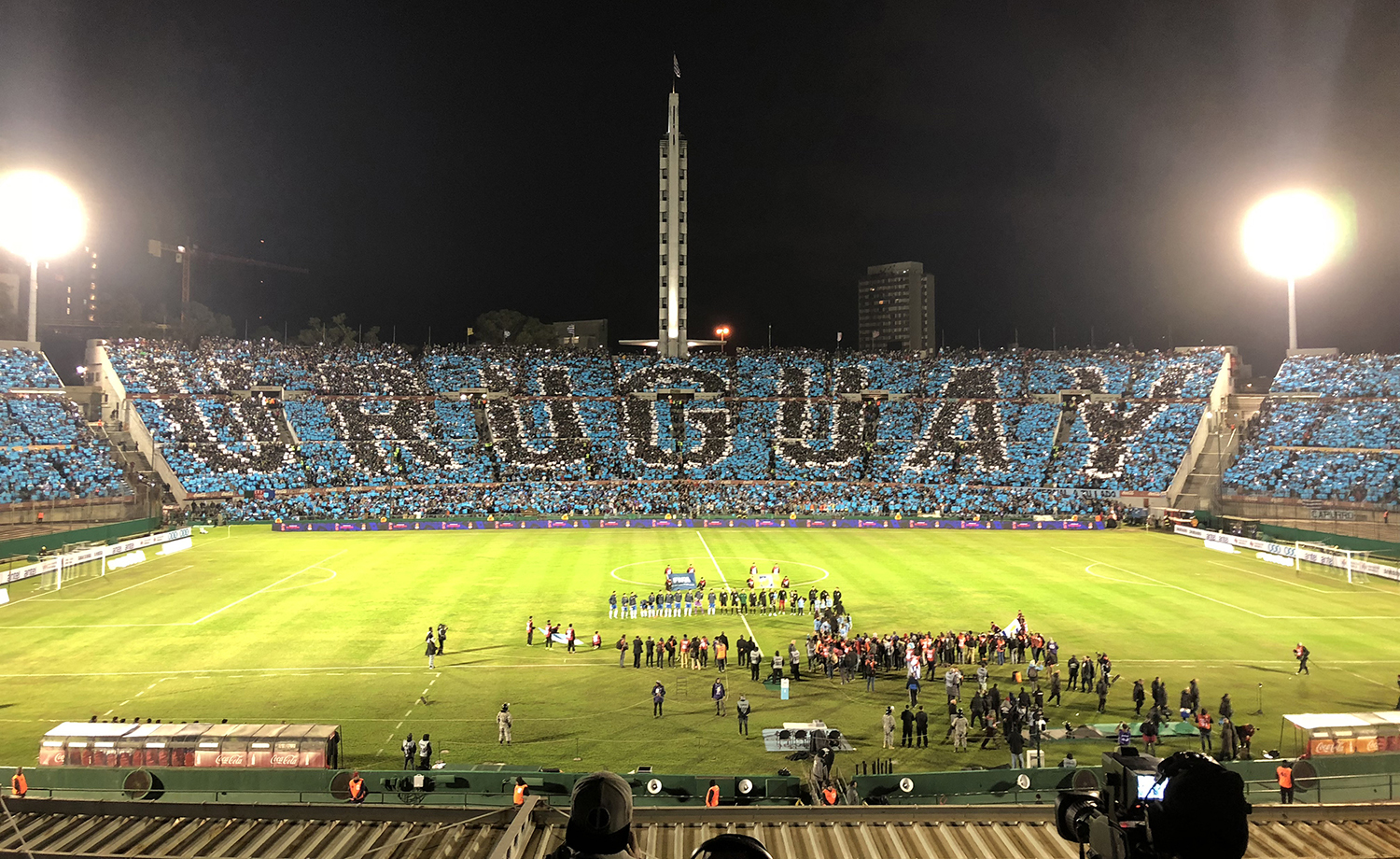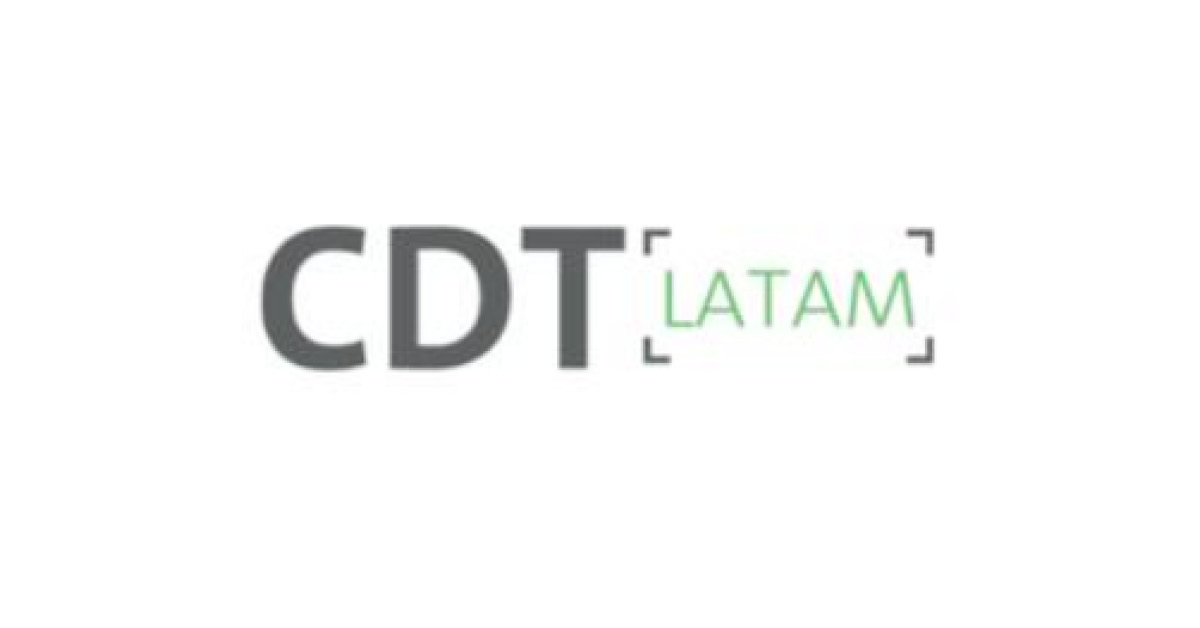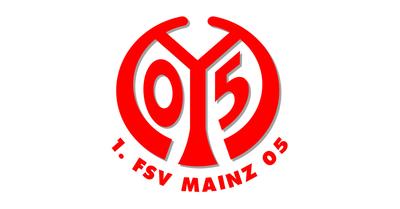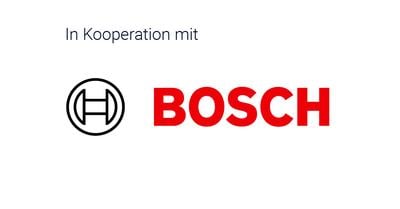CDT Latam keeps an eye on its facial recognition cameras with Paessler PRTG
About CDT Latam
CDT Latam, Herta Security distributor for Latin America and the Caribbean, belongs to the group H&O-DDBA LTDA and Teletipos Ingeniería TTY S.A. It has more than 19 years of experience in installations and maintenance of technological integrations in areas such as: servers, data networks, computer security, videoconferencing, video surveillance and access controls.
In addition, they are representatives of leading global brands such as Sophos, Wavestore, Herta Security and Kerio Technologies and authorized partner of top brands such as Apple, Axis, Dell, Hewlett Packard Enterprise, Huawei, VMware, and Microsoft, among others.
"Wounded and dead at a football game" is in the news and is one of the issues that most concerns the authorities. In Uruguay, unfortunately, violence in sporting events is a major social problem that, in recent years, has escalated into numerous serious episodes. In 2014, Uruguay's security authority, the Ministry of the Interior, asked the Uruguayan Football Association to set up a security system to tackle this problem.
The adoption of technologies to help prevent violence in Uruguayan stadiums has been promoted by the Uruguayan government and the Uruguayan Football Association (AUF), founded on 30 March 1900; it is one of the founding members of Conmebol (1916); it has been a member of FIFA since 1922; and it is in charge of organizing the national team and the official football championships.

"Paessler has facilitated every part of the process, installation and initial setup without any inconvenience. Initially we thought that 500 sensors would be more than enough; although they were, as we continued to use the application we realized that the possibilities were immense and being one step ahead of our customers and users is the best way to go. We will continue to implement PRTG."
Matías Nogueira, Director of Engineering at Teletipos
The challenge
The Ministry of the Interior determined that the most appropriate way to control access would be to implement an entry system using facial identification technologies because they are non-invasive and able to manage the flow of VIPs, in addition to always being available.
In this way, the video surveillance system with access control by facial identification should be operating in the three main stadiums in Uruguay in terms of spectator capacity: Estadio Centenario, Estadio Campeón del Siglo (Club Atlético Peñarol) and Estadio Gran Parque Central (Club Nacional de Football).
The solution
After a bidding process of more than a year and a half, DDBA was awarded the project and integrated technologies from several leading companies in the market for cameras, facial identification, networking, and Paessler PRTG Network Monitor for monitoring the entire IT network, among others.
In each of the three stadiums, a monitoring center and a data center were built to house the solution. The first has two workstations with two 24" monitors, in addition to a 3x3 video wall with 32" screens, and a second video wall with one screen for each facial identification server.
The system in the stadiums is used by many people of different profiles, technicians and non-technicians. The challenge was to make the system easy to use, intuitive and with appropriate training so that operational personnel as well as police and intelligence could get the most out of the tools.
Matías Nogueira, Director of Engineering at Teletipos and CDT Latam, points out: "As the world scales very quickly, we must also be at the same speed. Today we have thousands of points to monitor and provide maintenance service in the stadiums, which is not feasible without a monitoring tool such as PRTG; it simply would not meet any agreed service level. We use Paessler's solution to monitor the vast majority of our high availability, high capacity facilities, thus meeting very high operational standards.

Teletipos uses PRTG to monitor CCTV security cameras. As a fundamental part of the stadium security system operation, it is necessary to make sure that the cameras operate and record at all times on the day of the match, in addition to supervising the operation of the rest of the network components needed for the system. PRTG allows both tasks to be done automatically and with a single tool. It monitors remotely from a tier III data center, through encrypted tunnels over the Internet and private VPN networks.
Nogueira explains that they previously used Zabbix and Spiceworks software but switched to PRTG because of its easy-to-use interface, configuration and graphical environment. "For these features, PRTG is immensely better compared with the competition, for example, Zabbix is very tedious to configure and it took us months versus hours with PRTG, and Spiceworks is a very unstable system, we could not compromise the success of our work."
In selecting Paessler's solution, they took into account free and paid tools to compare commissioning speed, support and robustness. PRTG broadly won all three categories. However, the decisive arguments to decide on PRTG were: simple configuration, semi-automatic configuration which was not tedious, within a virtual VMware environment with HA and vSAN for storage.
Teletipos discovered that it can monitor urban video surveillance systems, video surveillance of large areas such as stadiums, shopping malls, and server centers in distant facilities with PRTG. So far it has configured 2,500 sensors, mainly ICMP, SNMP, and even customized a Unifi sensor for Ubiquiti. In addition, as an Enterprise VMware partner, their solutions are based on this virtualized environment. It is worth mentioning that the company uses the PRTG web interface, the PRTG app for desktop, and the PRTG app for iOS as user interfaces for PRTG, reports Nogueira.
The benefits
The system has been in use since March 31, 2017. The results have been very satisfactory. Since then, there have been highly positive results on four levels:
- A large number of people who were already blacklisted have been arrested at the time of entry.
- People with improper behavior (violence, flares in the stands, etc.) have been blacklisted inside the stadium thanks to the quality of the images. Several of these people have subsequently been arrested as they sought to enter subsequent matches. At that time they were identified and registered in the list of barred persons with their complete data, making use of the law on the right of admission.
- Behavior within the stadiums has improved substantially and the system has resulted in a disincentive for incidents.
- The number of police officers assigned to the matches is decreasing.
In fact, there have been no incidents of magnitude since it was installed and the number of arrests has fallen by 80% according to figures from the Ministry of the Interior. For example, in one of the classic matches of Uruguayan football, Nacional vs Peñarol in 2016, there were 200 detainees and in 2017 the same classic match there were only 10 detainees.
Another interesting piece of data regarding the reliability of the system was during a Nacional vs. Peñarol game in the packed Centenario Stadium with 18 enabled doors (36 facial identification cameras), with 179,849 identifications of which 0.015% were false positives.
Nogueira points out that, in this monumental task, PRTG has helped to have real visibility into the problems that have just happened, "We can anticipate complaints and we have improved the mean time to repair to a remarkable extent. In addition, weekly to monthly inspection visits have been lowered and we have comprehensive visibility of the facilities on our cell phones."
Conclusion
"Paessler has facilitated every part of the process, installation and initial setup without any inconvenience. Initially we thought that 500 sensors would be more than enough; although they were, as we continued to use the application we realized that the possibilities were immense and being one step ahead of our customers and users is the best way to go. We will continue implementing PRTG," concluded Nogueira.
This solution for successfully monitoring CCTV components, which ensures that cameras operate and record at all times, can also be used in other types of large performances, airports, urban transport systems, public areas, etc.
About Teletipos
Teletipos is a company that is part of a provider group of video surveillance systems with facial recognition which have been installed in Uruguayan stadiums. Teletipos is an interdisciplinary group of engineers, which since 2006 is dedicated to providing an integral assistance service in engineering for industries and companies, which synergistically combines electrical, electronics, mechanics, telecommunications and information systems to achieve efficient results. It provides simple and versatile solutions, as well as an added value that improves the work performance of its clients.

Get to know more happy PRTG customers
Customer success story 1. FSV Mainz05 & PRTG
The IT team of 1. FSV Mainz05 monitors its IT and the entire stadium technology with PRTG so that everything runs penalty free. ➤ Read the complete customer success story now!
Customer success story Centroflora Group & PRTG
With PRTG, Centroflora gets a holistic view of their industrial environment, particularly processes based on Siemens PLCs and the power supply. ➤ Read the customer success story now!
Customer success story Bosch Energy and Building Solutions & PRTG
Bosch Energy and Building Solutions integrates its entire IT monitoring into its building management system via PRTG and OPC UA. ➤ Read the complete customer success story now!



